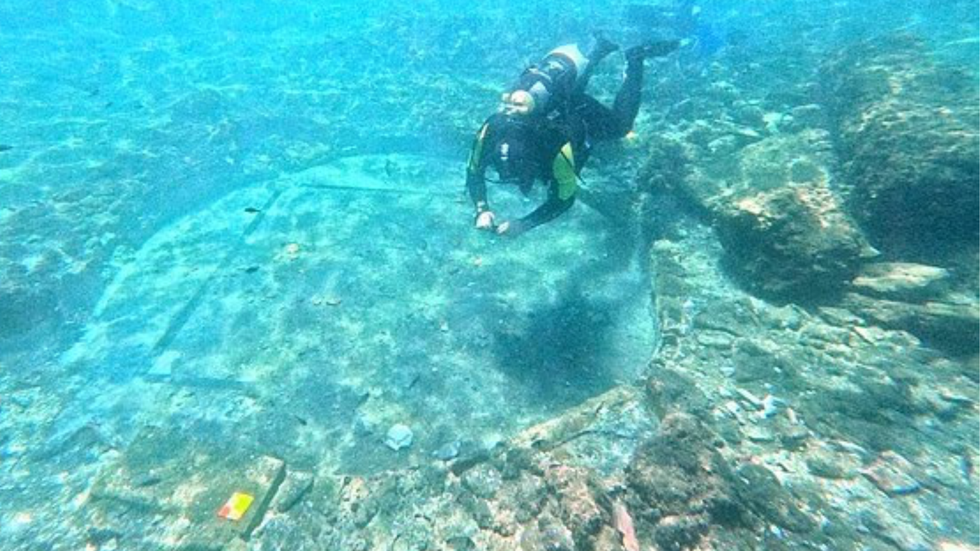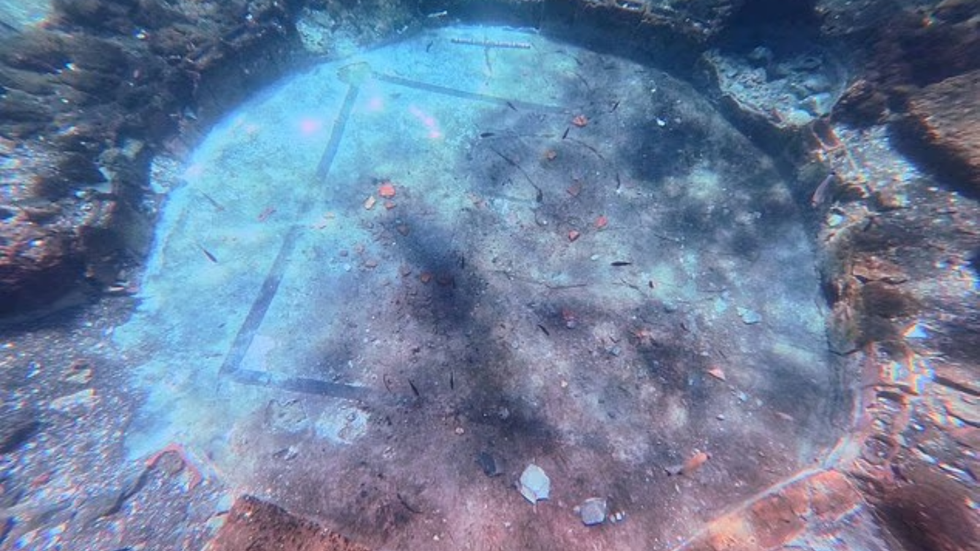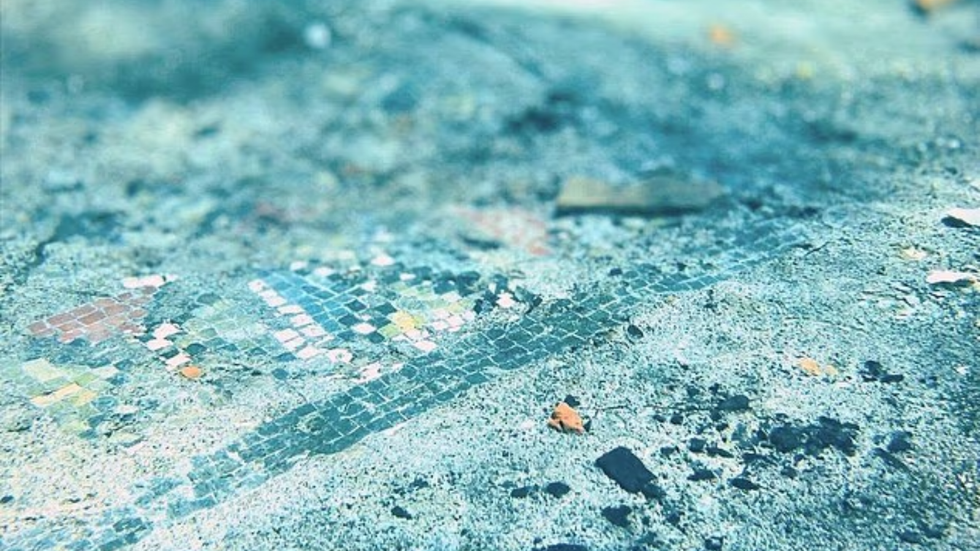Archaeology breakthrough as Roman statesman's sauna discovered in ancient sunken city
Archaeologists were shocked to find the complex structure intact after spending almost 2000 years underwater
Don't Miss
Most Read
Latest
Archaeologists believe they have uncovered the ancient baths of one of the most prominent figures in the Roman world.
The remains of the ancient bathhouse was discovered underwater in the sunken city of Baiae off the Naples coast and is thought to have once belonged to Cicero, arguably the greatest ever Roman lawyer and orator.
An ornate mosaic was spotted by divers 10 feet below the surface in an area which was once the site of the harbour of Portus Julius.
**ARE YOU READING THIS ON OUR APP? DOWNLOAD NOW FOR THE BEST GB NEWS EXPERIENCE**

An ornate mosaic was spotted by divers 10 feet below the surface
|PARCO ARCHEOLOGICO CAMPI FLEGREI
The harbour is where ancient sources say Cicero owned a villa, which is believed to have fallen into the ocean around 400AD.
The sunken city of Baiae was once an upmarket spa town, where much of the Roman elite would come to escape the sky-high temperatures and enjoy the mineral-rich waters that surround the area.
The mosaic floor would have lay on top of an ancient heating system to make a sauna, which the Romans frequently used for deep relaxation treatments.
Archaeologists were left stunned after uncovering that a complex network of pillars and tubes, which were were used to evenly distribute hot air through the bathhouse, was still intact after almost two thousands years.

The mosaic floor would have lay on top of an ancient heating system to make a sauna
|PARCO ARCHEOLOGICO CAMPI FLEGREI
In a message posted to social media, the Phlegraean Fields Archaeological Park said: "The hypothesis, currently being explored, is that we may be looking at the Baths of Cicero's villa, known from sources."
While researchers labelled the work as "tantalising", they said that more analysis will have to be done to determine whether the discovery was in fact Cicero's villa.
The research team said: "Of particular note are the ceramic materials recovered during the excavation—and currently being studied—which appear to offer important insights into both the construction and destruction of the site.
"The discovery not only highlights the daily life of the Roman elite but also enhances our understanding of the social and cultural structure of that era."
ARCHAEOLOGY BREAKTHROUGHS - READ LATEST:

While researchers labelled the work as 'tantalising', they said that more analysis will have to be done to determine whether the discovery was in fact Cicero's villa
|PARCO ARCHEOLOGICO CAMPI FLEGREI
The sunken city of Baiae was once frequented by high-profile Roman figures such as Augustus, Nero and Julius Caesar.
The elites used to flock to the city to host lavish parties and flaunt their riches.
However, the ancient city found itself slowly sinking into the ocean due to a process called volcanic bradyseism, where uplift occurs due to pressure from below and causes rocks above to deform, pushing the area below sea level.
Much of the city was around 13 to 20 feet underwater by fourth century AD and left many of structures to be preserved in pristine condition, which were discovered by archaeologists in the 1940s.
Cicero was born in 106 BC to a rich family in the Roman town of Arpinum.
He was a highly educated man and made his first appearance at the Roman courts when he was 26 years old.
Cicero went on to become one of the greatest minds of the Roman Republic and was a widely respected lawyer, philosopher, statesman and orator.
However, he met his end after falling foul of Caesar's adopted son Octavian, who executed him and displayed his head and hands on the speaker's platform in the Forum in Rome.










